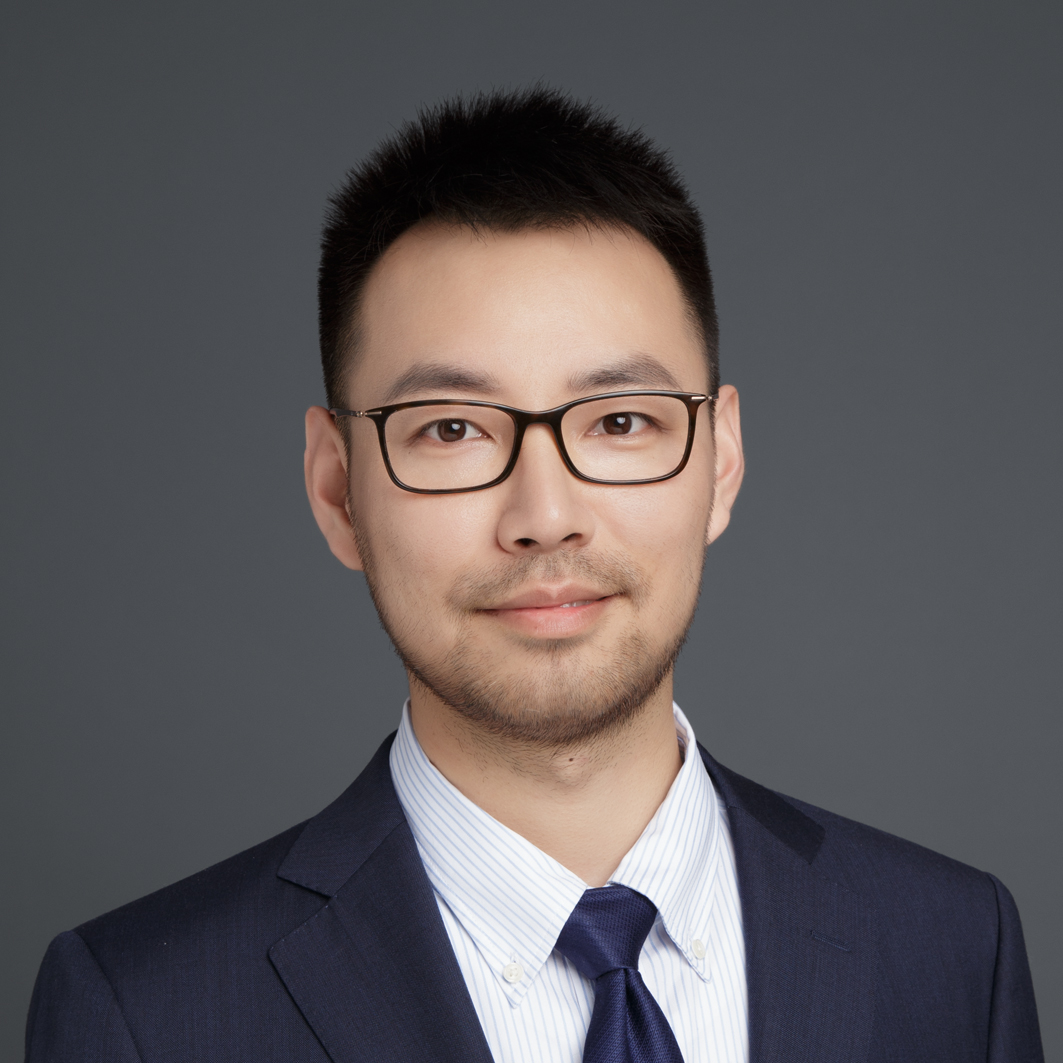Revolution in Process Improvement—Report on the 60th SJTU-MIT CLGO Forum
Time:2015-01-05 Publisher:MBA Office
The 60th SJTU-MIT CLGO forum was held in the evening on Nov. 28th, 2014 in room S207 in Xuhui campus, SJTU. Mr. Yu Jiong from Nike China was invited to give a lecture on “revolution in Process Improvement”. Mr. Yu has rich theory knowledge and project experience in operation management, supply chain management, lean manufacturing, six-sigma and quality management. He is also the member of US Supply Chain Committee and senior consultant in US Quality Management Committee at the same time.
Mr. Yu’s lecture was warmly welcomed by students and teachers, and the concourse was fully occupied with heated atmosphere. In the beginning, Mr. Yu played a video named “invisible gorilla” to students. This video was an experiment that tried to prove a sense trap: once you focused on only one aspect, you would lose other important information. This trap should be paid special attention in management. Then Mr. Yu played a dice-card passing game with six students in front row. This game vividly illustrated the meaning of operation in management. Because of the chain structure in R&D, purchasing, production and sales, the fluctuation was unavoidable, which in turn would be enlarged by the extension of this chain. This would not only make it harder for management but also the reason to revolute process improvement during the past century. By playing this small game, Mr. Yu introduced the three methods in management perfection: eliminate variation, simplify process and configure the resource on bottleneck.
Then Mr. Yu introduced the history of lean manufacturing. At the beginning of last century, Mr. Taylor, father of lean manufacturing, started to survey worker’s workload and tried to improve working efficiency and set up standards. In the 1920s, Henry Ford invented the large-scale assembly line to produce T-Motor car, which brought up the unprecedented production of one type motor car in the world. In the 1950s, Toyota Eiji and Taiichi Ohno investigated US car industry and founded a Japan localized Toyota manufacturing mode: multi-category, small production, high quality and low consumption. The two core values were Just In Time to customers’ needs and Pull Production. In 1970s, people started to realize the advantage of Toyota mode after going through the two oil crisis. Toyota was the first to recover from the crisis and they increased their market share sharply during the recovery. In 1980s, US car industry turned to Japan for experience. American government sponsored a group of MIT professors to study Toyota mode and the results were two books: The Machines that Changed the World and Lean Thinking. Those ideas and methods to eliminate waste gradually formed today’s lean manufacturing theory.
Mr. Yu ended the lecture with two questions. He put more constraints in the opening dice-card game and helped students think deeper in TOC (Theory of Constraints). In his words, just like the chain, the output of production was ultimately constrained by the weakest parts.
By quoting lots of examples, the lecture elaborated three theories on modern manufacturing and management: lean manufacturing, six-sigma and TOC. The combination of the three theories would no doubt make operation more efficient. This lecture helped students not only learn more theories, but also find out the operation practice of world industries like Nike. Thus, it laid foundation for their future development.


